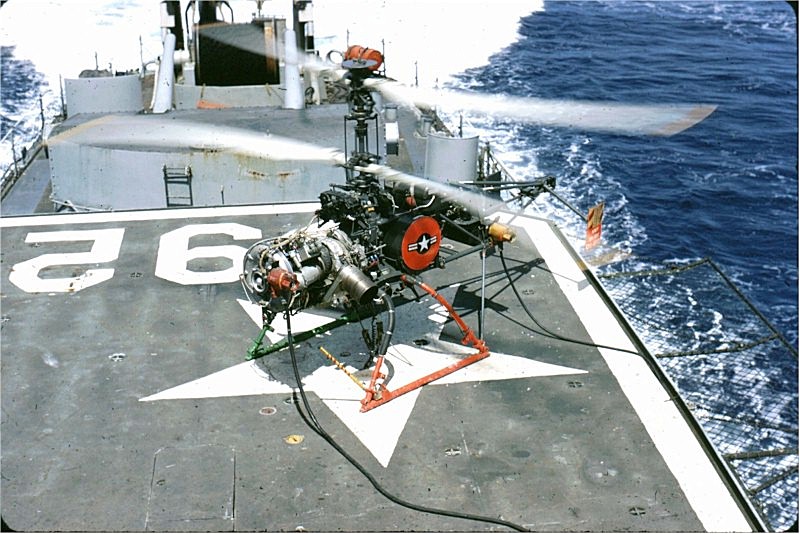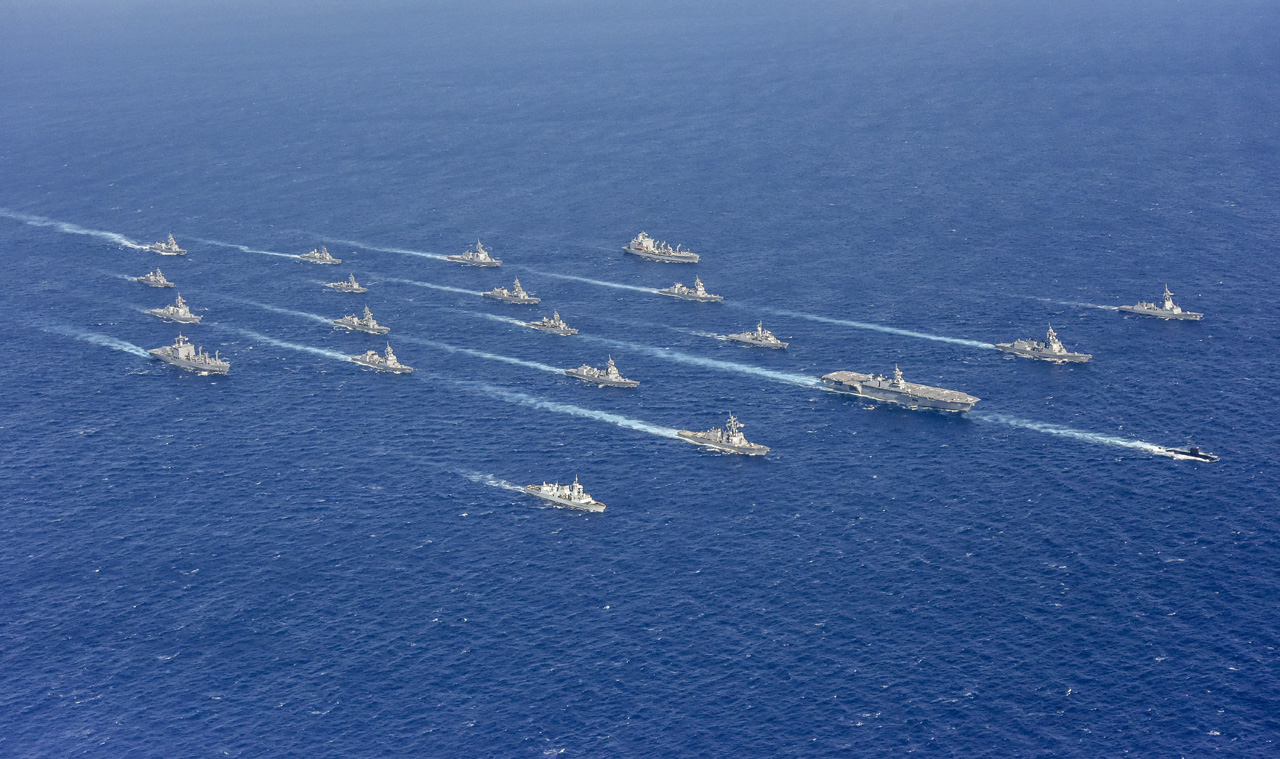|
Japanese 32 Cm Torpedo
Multiple 32 cm (12.75-inch, 323 mm) torpedoes are in use by the Japan Maritime Self-Defense Force, following the adoption of the standard in the second half of the 20th century. Torpedoes of 12.75-inch caliber are used extensively by NATO and SEATO forces. The 12.75 inch standard for light ASW torpedoes was originally defined by the dimensions of the Mark 46 torpedo. These are usually dedicated lightweight ASW weapons, frequently utilizing a two-stage delivery system such as being dropped from aircraft or launched using VLS rocket boosters. In Japan, the 32 cm torpedo class is referred to as "tan gyorai" (短魚雷), "short torpedo". Japan uses Metric system, metric units to designate their torpedo calibers. As such, the 12.75-inch torpedoes are designated as 32 cm torpedoes, or more precisely, 324 mm. The other major size category in present use is the Japanese 53 cm torpedo, 53 cm (21-inch). The Japanese type designation scheme has mostly used three diff ... [...More Info...] [...Related Items...] OR: [Wikipedia] [Google] [Baidu] |
Japan Maritime Self-Defense Force
The , abbreviated , also simply known as the Japanese Navy, is the maritime warfare branch of the Japan Self-Defense Forces, tasked with the naval defense of Japan. The JMSDF was formed following the dissolution of the Imperial Japanese Navy (IJN) after World War II. The JMSDF has a fleet of 154 ships, 346 aircraft and 50,800 personnel. History Origin Following Japan's defeat in World War II, the Imperial Japanese Navy was dissolved by the Potsdam Declaration acceptance. Ships were disarmed, and some of them, such as the battleship , were taken by the Allied Powers as reparations. The remaining ships were used for repatriation of the Japanese soldiers from abroad and also for minesweeping in the area around Japan, initially under the control of the ''Second Bureau of the Demobilization Ministry''. The minesweeping fleet was eventually transferred to the newly formed Maritime Safety Agency, which helped maintain the resources and expertise of the navy. Japan's 1947 Const ... [...More Info...] [...Related Items...] OR: [Wikipedia] [Google] [Baidu] |
JMSDF Type 73 Light Weight Torpedo In JMSDF Kure Museum 20140915-02
The , abbreviated , also simply known as the Japanese Navy, is the maritime warfare branch of the Japan Self-Defense Forces, tasked with the naval defense of Japan. The JMSDF was formed following the dissolution of the Imperial Japanese Navy (IJN) after World War II. The JMSDF has a fleet of 154 ships, 346 aircraft and 50,800 personnel. History Origin Following Japan's defeat in World War II, the Imperial Japanese Navy was dissolved by the Potsdam Declaration acceptance. Ships were disarmed, and some of them, such as the battleship , were taken by the Allied Powers as reparations. The remaining ships were used for repatriation of the Japanese soldiers from abroad and also for minesweeping in the area around Japan, initially under the control of the ''Second Bureau of the Demobilization Ministry''. The minesweeping fleet was eventually transferred to the newly formed Maritime Safety Agency, which helped maintain the resources and expertise of the navy. Japan's 1947 Constit ... [...More Info...] [...Related Items...] OR: [Wikipedia] [Google] [Baidu] |
Minegumo-class Destroyer
The ''Minegumo''-class destroyer is a destroyer class of the Japanese Maritime Self-Defense Force, the successor of the . This class derived from its predecessor to be fitted with the QH-50D DASH, the new anti-submarine drone helicopter in return for the removal of the ASROC system. And similarly, it mainly tasked with Anti-submarine warfare. In 1969, after the production of the QH-50D ceased, this class was no longer built and construction of the ''Yamagumo''-class resumed. The JMSDF considered refitting Light Airborne Multi-Purpose System Mk.1 with the Kaman SH-2 Seasprite helicopter in return for the facility of DASH, but this plan was abandoned because of the problem of cost. Finally, the facility of DASH was removed in 1979-82, and Mk.16 GMLS for the ASROC system was fitted. Murakumo was refitted in 1978 for use as a gun trials ship. Rear Mk.33 gun was removed and a new OTO Melara 76 mm The OTO Melara 76 mm gun, marketed as the OTO 76/62 Gun Mount, is a naval au ... [...More Info...] [...Related Items...] OR: [Wikipedia] [Google] [Baidu] |
Gyrodyne QH-50 DASH
The Gyrodyne QH-50 DASH (''Drone Anti-Submarine Helicopter'') is a small drone helicopter built by Gyrodyne Company of America for use as a long-range anti-submarine weapon on ships that would otherwise be too small to operate a full-sized helicopter. It remained in production until 1969. Several are still used today for various land-based roles. Design and development DASH was a major part of the United States Navy's Fleet Rehabilitation and Modernization (FRAM) program of the late 1950s. FRAM was started because the Soviet Union was building submarines faster than the US could build anti-submarine frigates. Instead of building frigates, the FRAM upgrade series allowed the US to rapidly update by converting older ships that were less useful in modern naval combat. The navy could upgrade the sonar on World War II-era destroyers but needed a stand-off weapon to attack at the perimeter of the sonar's range. The old destroyers had little room for add-ons such as a full flight ... [...More Info...] [...Related Items...] OR: [Wikipedia] [Google] [Baidu] |
November-class Submarine
The November class, Soviet designation Project 627 Kit (, NATO reporting name November) was the Soviet Union's first class of nuclear-powered attack submarines, which were in service from 1958 through 1990. All but one have been disposed of, with the K-3, the first nuclear-powered submarine built for the Soviet Navy, being preserved as a memorial ship in Saint Petersburg. History This class of submarines was built as a result of a 1952 requirement to build an attack submarine with the ability to fire nuclear-tipped torpedoes at coastal American cities. More than 135 Soviet organizations (20 design bureaus, 35 research institutes, 80 works) participated in the design and construction of this completely new type of submarine in 1952–1958. The chief designer was V.N. Peregudov and the research supervisor was academician A.P. Alexandrov. The class was originally tasked with entering American naval bases and using the battery-powered T-15 torpedo with thermonuclear warhead, to d ... [...More Info...] [...Related Items...] OR: [Wikipedia] [Google] [Baidu] |
United States Navy
The United States Navy (USN) is the naval warfare, maritime military branch, service branch of the United States Department of Defense. It is the world's most powerful navy with the largest Displacement (ship), displacement, at 4.5 million tons in 2021. It has the world's largest aircraft carrier fleet, with List of aircraft carriers in service, eleven in service, one undergoing trials, two new carriers under construction, and six other carriers planned as of 2024. With 336,978 personnel on active duty and 101,583 in the Ready Reserve, the U.S. Navy is the third largest of the United States military service branches in terms of personnel. It has 299 deployable combat vessels and about 4,012 operational aircraft as of 18 July 2023. The U.S. Navy is one of six United States Armed Forces, armed forces of the United States and one of eight uniformed services of the United States. The United States Navy traces its origins to the Continental Navy, which was established during ... [...More Info...] [...Related Items...] OR: [Wikipedia] [Google] [Baidu] |
Soviet Union
The Union of Soviet Socialist Republics. (USSR), commonly known as the Soviet Union, was a List of former transcontinental countries#Since 1700, transcontinental country that spanned much of Eurasia from 1922 until Dissolution of the Soviet Union, it dissolved in 1991. During its existence, it was the list of countries and dependencies by area, largest country by area, extending across Time in Russia, eleven time zones and sharing Geography of the Soviet Union#Borders and neighbors, borders with twelve countries, and the List of countries and dependencies by population, third-most populous country. An overall successor to the Russian Empire, it was nominally organized as a federal union of Republics of the Soviet Union, national republics, the largest and most populous of which was the Russian SFSR. In practice, Government of the Soviet Union, its government and Economy of the Soviet Union, economy were Soviet-type economic planning, highly centralized. As a one-party state go ... [...More Info...] [...Related Items...] OR: [Wikipedia] [Google] [Baidu] |
Type 73 Torpedo
Type may refer to: Science and technology Computing * Typing, producing text via a keyboard, typewriter, etc. * Data type, collection of values used for computations. * File type * TYPE (DOS command), a command to display contents of a file. * Type (Unix), a command in POSIX shells that gives information about commands. * Type safety, the extent to which a programming language discourages or prevents type errors. * Type system, defines a programming language's response to data types. Mathematics * Type (model theory) * Type theory, basis for the study of type systems * Arity or type, the number of operands a function takes * Type, any proposition or set in the intuitionistic type theory * Type, of an entire function ** Exponential type Biology * Type (biology), which fixes a scientific name to a taxon * Dog type, categorization by use or function of domestic dogs Lettering * Type is a design concept for lettering used in typography which helped bring about modern textual printi ... [...More Info...] [...Related Items...] OR: [Wikipedia] [Google] [Baidu] |
JMSDF Type 73 Light Weight Torpedo In JMSDF Kure Museum 20140915-01
The , abbreviated , also simply known as the Japanese Navy, is the maritime warfare branch of the Japan Self-Defense Forces, tasked with the naval defense of Japan. The JMSDF was formed following the dissolution of the Imperial Japanese Navy (IJN) after World War II. The JMSDF has a fleet of 154 ships, 346 aircraft and 50,800 personnel. History Origin Following Japan's defeat in World War II, the Imperial Japanese Navy was dissolved by the Potsdam Declaration acceptance. Ships were disarmed, and some of them, such as the battleship , were taken by the Allied Powers as reparations. The remaining ships were used for repatriation of the Japanese soldiers from abroad and also for minesweeping in the area around Japan, initially under the control of the ''Second Bureau of the Demobilization Ministry''. The minesweeping fleet was eventually transferred to the newly formed Maritime Safety Agency, which helped maintain the resources and expertise of the navy. Japan's 1947 Constit ... [...More Info...] [...Related Items...] OR: [Wikipedia] [Google] [Baidu] |

